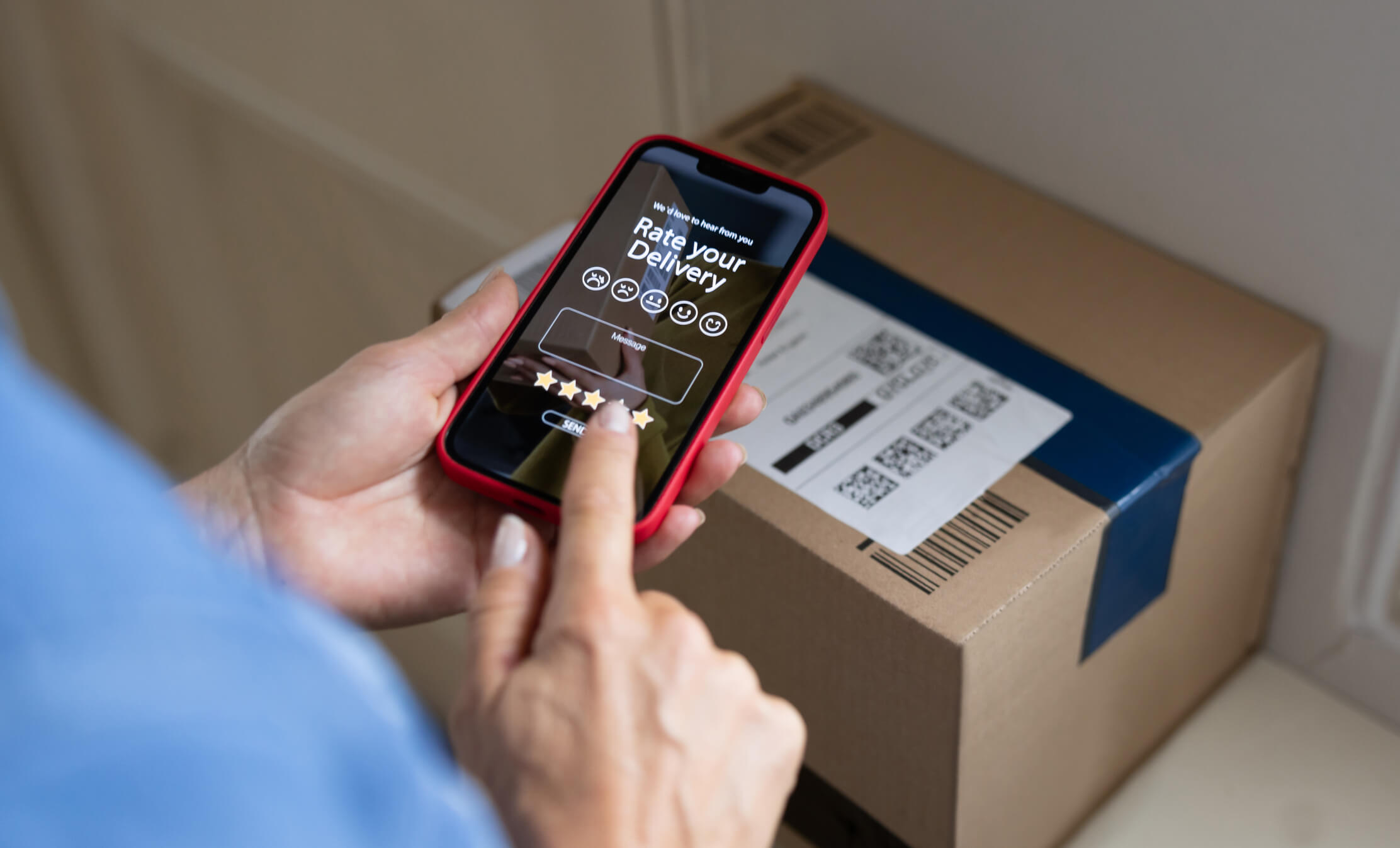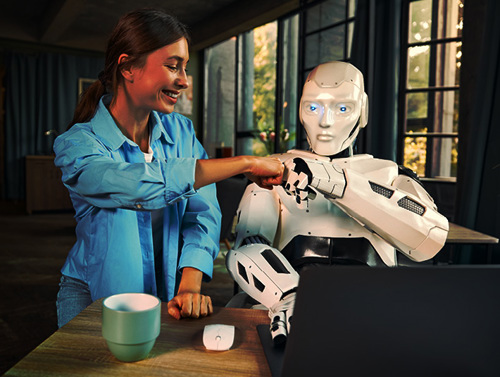
Remember the good old days of marketing? The classic funnel of awareness, interest, consideration, purchase seemed straightforward enough. You’d design a campaign, guide the customer through each stage, and hopefully, close the sale. Simple, right? Unfortunately, with the rise of emerging and disruptive technology, simple is over. Today’s consumer lives on multiple channels and platforms and their journey is complex and anything but linear.
Consumers now bounce across channels, platforms, and devices and often without warning. They’re not following a set path, they’re creating their own. And the way they interact with brands reflects that. They might see an ad on Instagram, read reviews on a marketplace, browse your website on their laptop, and then decide to buy via a mobile app. All of these interactions happen in quick succession, often on different devices, and often out of your control.
This new reality is transforming the entire marketing landscape. It’s no longer enough to have a neat, step-by-step journey, you need to understand that the consumer is in charge. The old models, built around fixed sequences and predefined touchpoints, are no longer fit for purpose.
The new consumer journey: unpredictable, multichannel and personal
The biggest shift? The consumer journey is now dynamic and personal. Customers are empowered. They do their own research, read reviews, compare alternatives, and make decisions based on what feels right for them, not what’s scheduled in your campaign plan.

This means that your marketing needs to adapt just as quickly. Instead of trying to control every step of the journey, you need to focus on showing up consistently and meaningfully across all the places your customers hang out.
It’s not just about having a presence on multiple channels, it’s about being relevant on each channel, at each moment. Whether they’re searching on Google, scrolling through social media, visiting your app, or checking out your product on a marketplace, your brand should be there, delivering value and building trust.
Are your tools ready for this shift?
Think about your current marketing setup. If it’s built around static funnels and fixed rules, it’s probably feeling pretty limited. Classic marketing systems are designed for predictability. They rely on predefined paths, static segmentation, and manual rules, all the things that don’t respond well when customers skip steps, jump between channels, or re-engage at different points.
When customers behave unpredictably, these systems struggle. They can’t adapt in real-time or personalise at scale. So, instead of creating seamless, connected experiences, they often result in disjointed interactions, missed opportunities, and declining engagement.
And let’s face it, trying to control the customer journey with rigid, siloed tools is like trying to steer a boat with a broken rudder. It’s frustrating, inefficient and ultimately, ineffective.
Embracing the new reality: Attraction, not just capture
So, if we can’t control the journey, what can we do? The answer: focus on attraction rather than capture.

Today’s consumer journey isn’t a straight line; it’s a web of micro-moments. Each moment, searching, browsing, comparing, reviewing, adds up to a complex, multi-channel experience. And consumers are increasingly empowered to educate themselves before they even consider engaging with a brand.
The key isn’t in controlling where they go, but how you show up in those moments. Consistency, relevance, and context are what matters. Be present where they are, and do so in a way that adds value.
In our blog “Personalisation at scale” we demonstrate how brands like Starbucks, Amazon and Sephora are creating fluid, seamless consumer experiences that enhance how they show up, not just what’s on offer.
Enter the flywheel: continuous engagement and advocacy
This brings us to a new way of thinking: the flywheel model. Unlike the linear funnel, the flywheel is a continuous loop focused on attraction, engagement, and delight.
The idea? When customers have a great experience, they don’t just buy and disappear, they become advocates, repeat buyers, and sources of momentum. Each interaction fuelling the next, creating energy that propels your brand forward.
The more relevant, valuable, and seamless your customer experiences are, the faster your flywheel spins, and the more growth it generates. It’s about building ongoing relationships that keep customers engaged long after their first purchase.
Here’s a simple test to ascertain if your marketing system can keep up with today’s independent consumer.

Ask yourself:
- Are you confident you can meet your customers where they are?
- Can you predict their needs before they ask?
- Are you able to act and report in real time, or are you only reviewing data after campaigns?
If you answered no to any of these, chances are, your current tools may be holding you back.
Legacy marketing systems are built around static, rules-based automation, designed for a different era. They struggle to respond dynamically, personalise at scale, or orchestrate seamless cross-channel experiences. They’re great for managing predictable, linear journeys, but that’s not how consumers behave.
The future is fluid and behaviour-centric
In this fast-changing landscape, the question isn’t just what your marketing technology can do today, but whether it can adapt tomorrow. Is it static and limited or expansive and built for discovery?
The path forward starts with understanding what your current system lacks. Is it rigid? Does it only respond to rules, or can it learn, adapt, and surprise your customers?
If you want to build meaningful, authentic connections, your approach needs to be curious, focused on discovery rather than control.
The solution? Modern, experiential platforms…
That’s where solutions like Microsoft Dynamics 365 Customer Insights come in. They’re designed for the modern, customer-centric world, supporting you in creating flexible, real-time, personalised experiences across all touchpoints.
...and partners to support your shift.
Complexity is hard. So is change. It’s best done together, preferably with someone who has done it before. Fusion5 is a seasoned Microsoft partner and an experienced Microsoft Dynamics 365 implementer, offering safe passage across the digital divide.
The truth is, awareness is just the beginning. The real opportunity lies in how you respond. It’s about shifting from a controlling, linear model to a flexible, behaviour-driven approach, building loyalty, advocacy, and sustainable growth.






